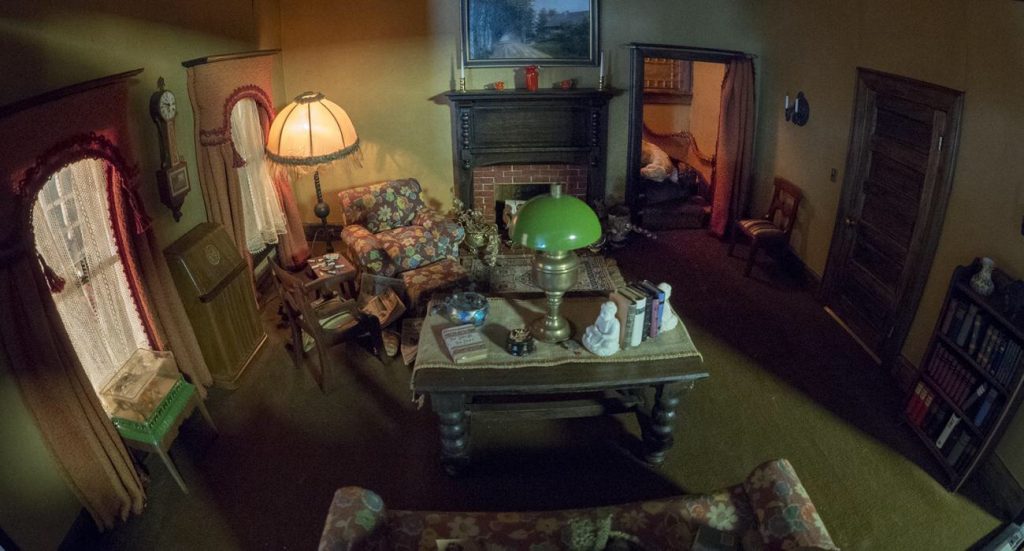
I stumbled upon Frances Glessner Lee yesterday. What an intriguing character!
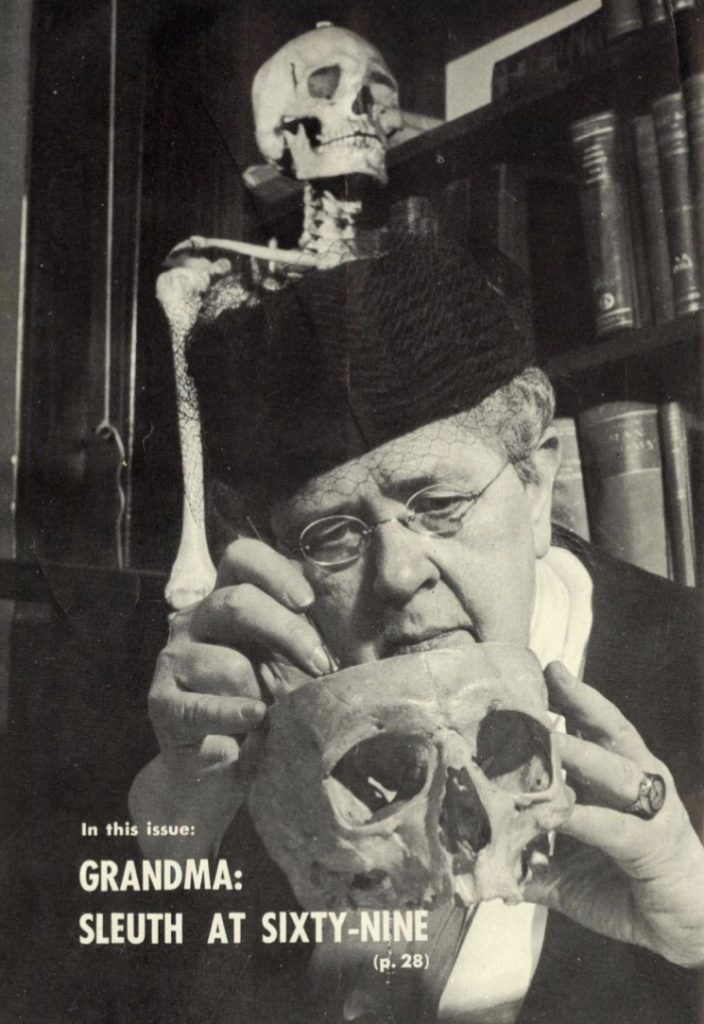
Often called the ‘mother’ of American forensics, amongst her other accomplishments she created a series of 1:12 models, beautifully realised dioramas, but very unlike your typical dolls’ house.
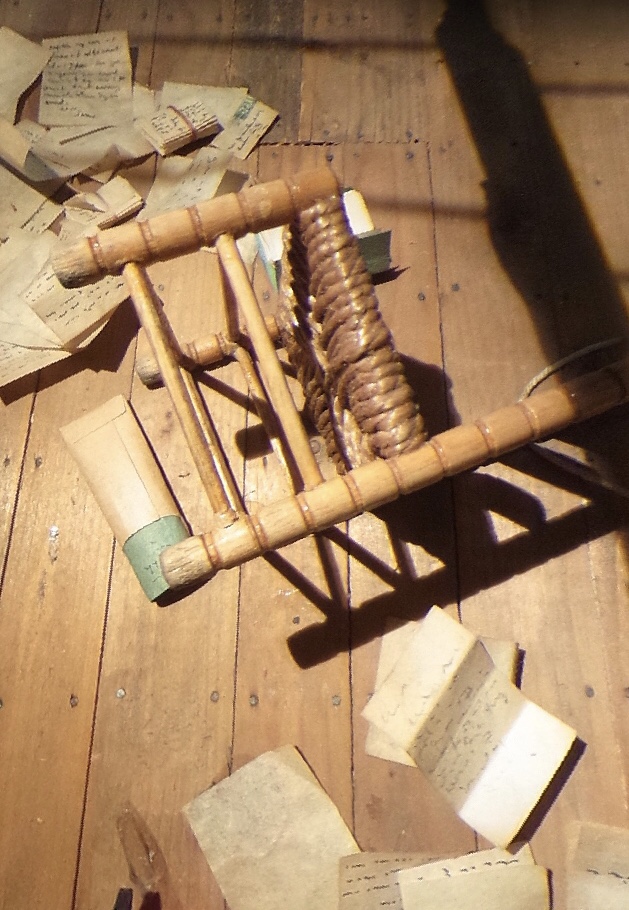
Most of the images in this post were harvested via a visit here. That link takes you to a Smithsonian Institute webpage about an exhibition of Lee’s ‘Nutshell Dioramas’, which includes a short film, some 360° panoramic photos you can explore (for five of the 20 extant ‘nutshells’), a little essay on Lee’s life and works, and a photo gallery of the dioramas.
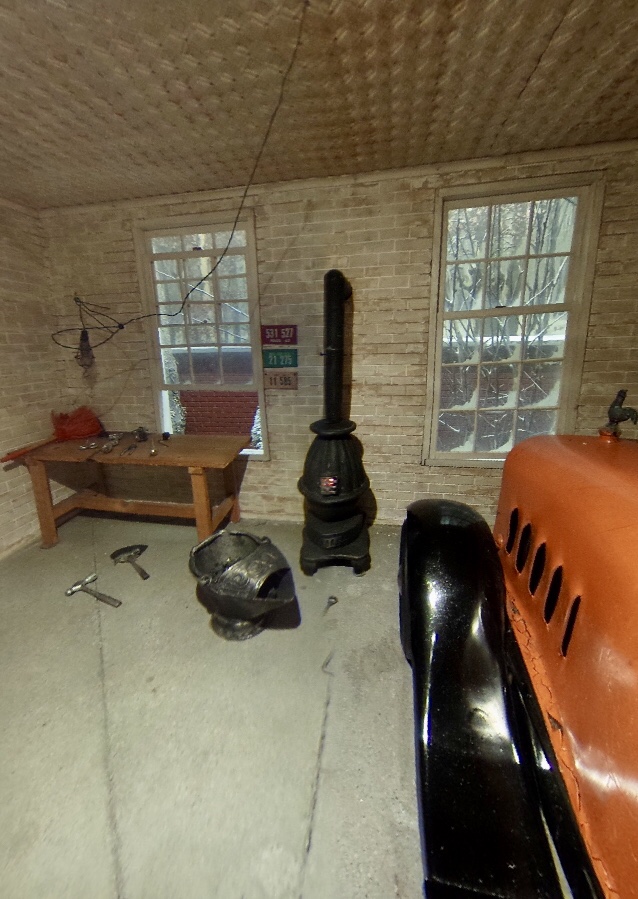
I won’t tell the stories that each of these scenarios depict. Some are murder scenes, some suicides, some ‘cause of death unknown’. You can visit other sites for that info.
I love these for how bizarre they are, combining a fascination with death/crime, and miniature modelling. They were, so the story goes, designed to help teach forensics, by giving the eye scenes to work over.
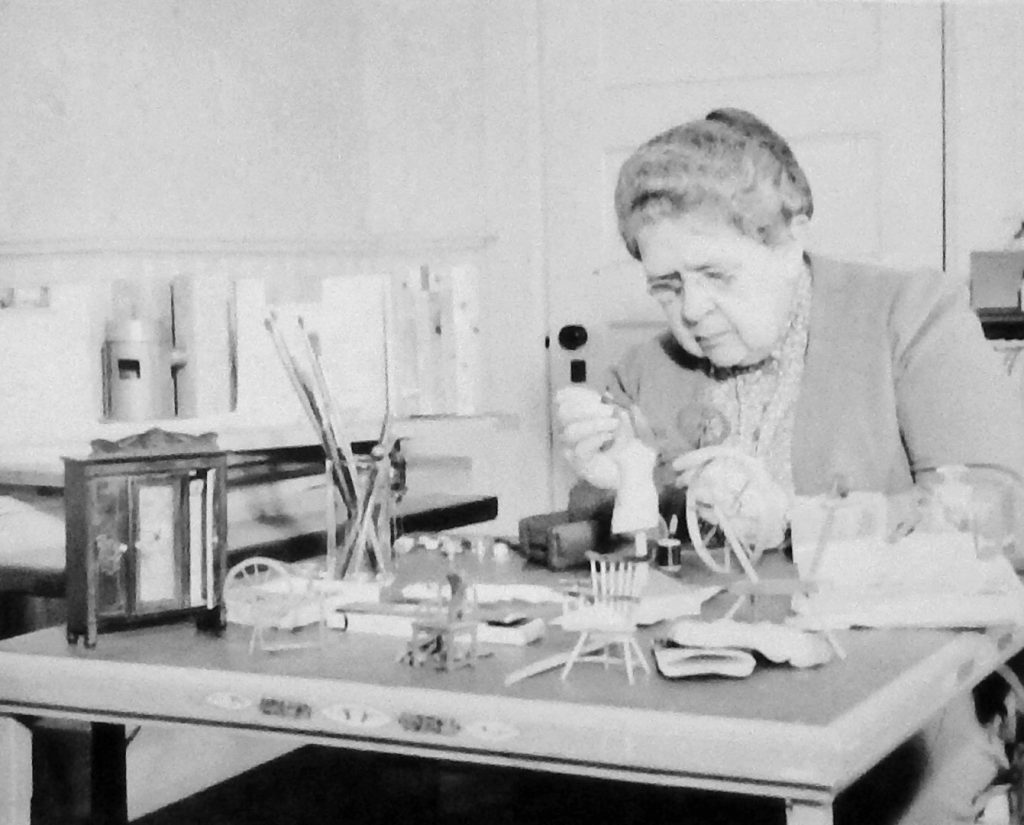
As the photo of Lee at work shows, she built these herself. I believe she also had help from some others. For example her carpenter helped with the manufacture of certain wooden components.
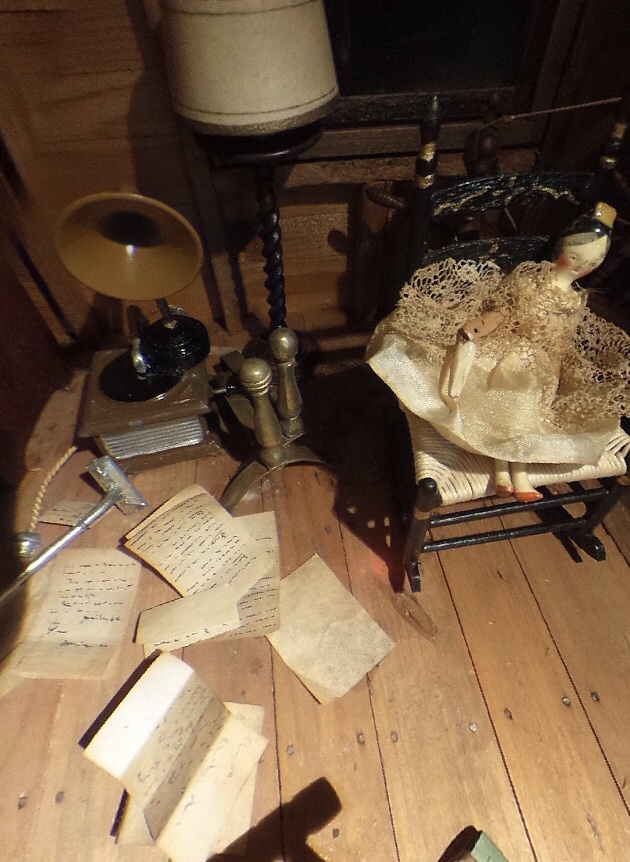
The detail is, as I hope my selection of images shows, pretty extraordinary. Once again, these recreations of actual historical scenarios differ from the chintzy fantasies of the more normal dolls’ house in that they depict real life, or rather death, in genuine domestic environments.
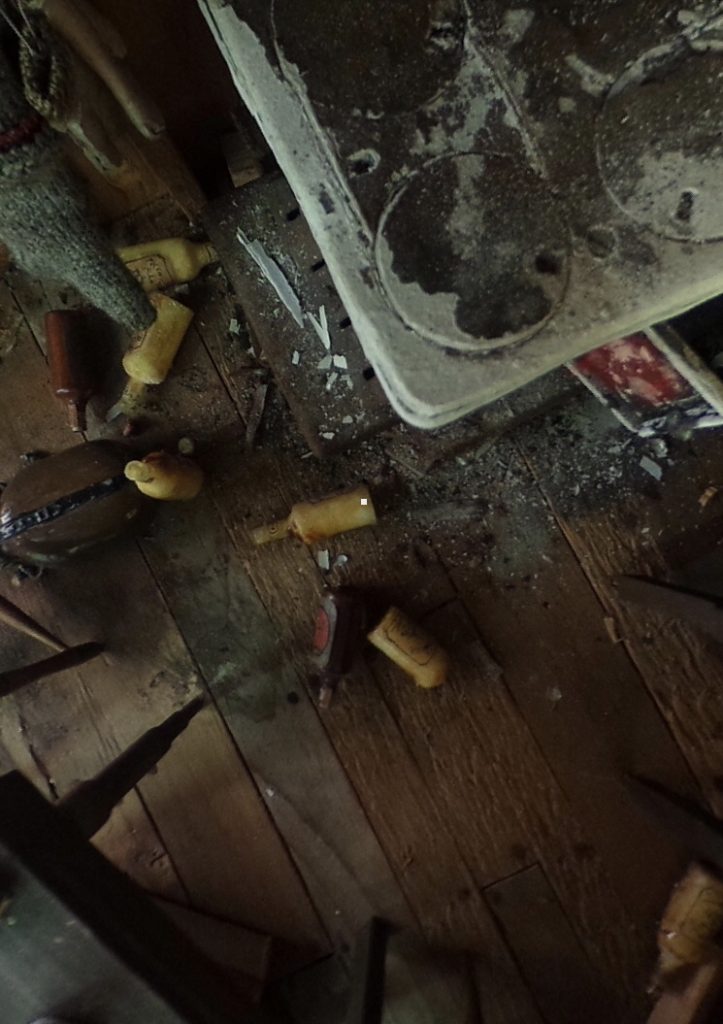
The detritus of everyday lives is often to be seen littering scenes: empty booze bottles, scattered paperwork, clothes and furnishings not curated for display, but in a more private disarray.
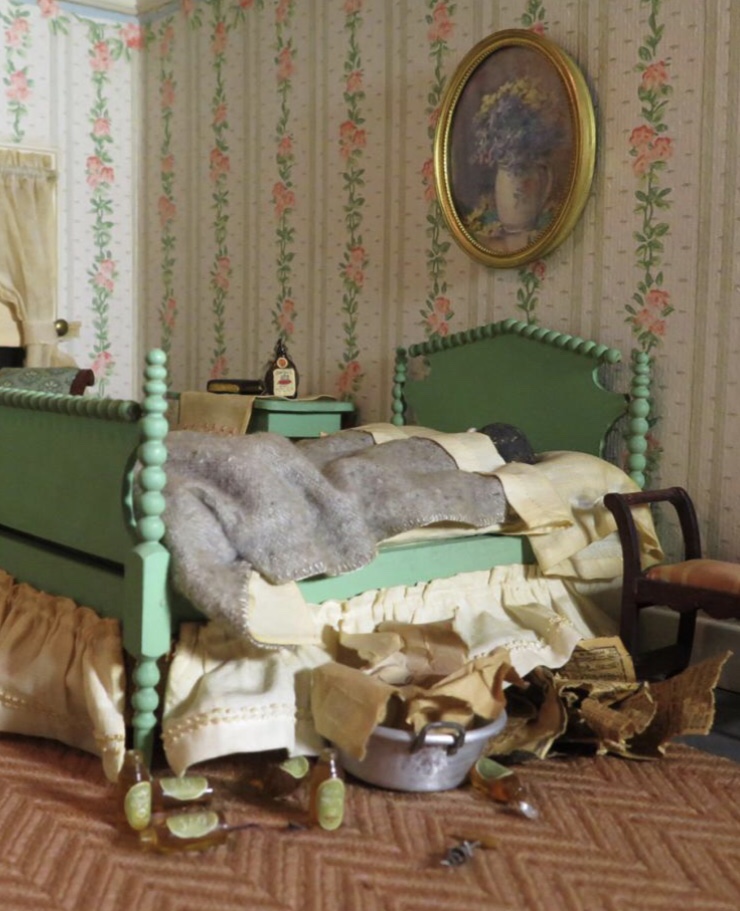
But even the stuff not associated with the demise of the bodies – and all these scenes include the dead, despite my focus on other aspects of the scenes – is lovingly rendered in terrific detail. We can see specific books, newspapers and magazines, and the interior scenes range from a rough ‘n’ ready log cabin, or a wooden shack, to a pretty large and swanky garage; from flophouses to middle class lounges.
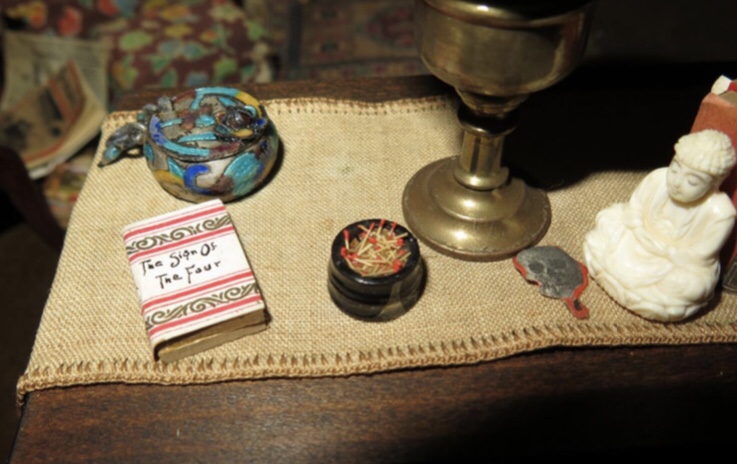
I love models and model making. I always have. And I have a definite soft spot for oddball or artsy takes on the making of miniature worlds. France Glessner Lee’s Nutshell’s definitely meet these criteria!
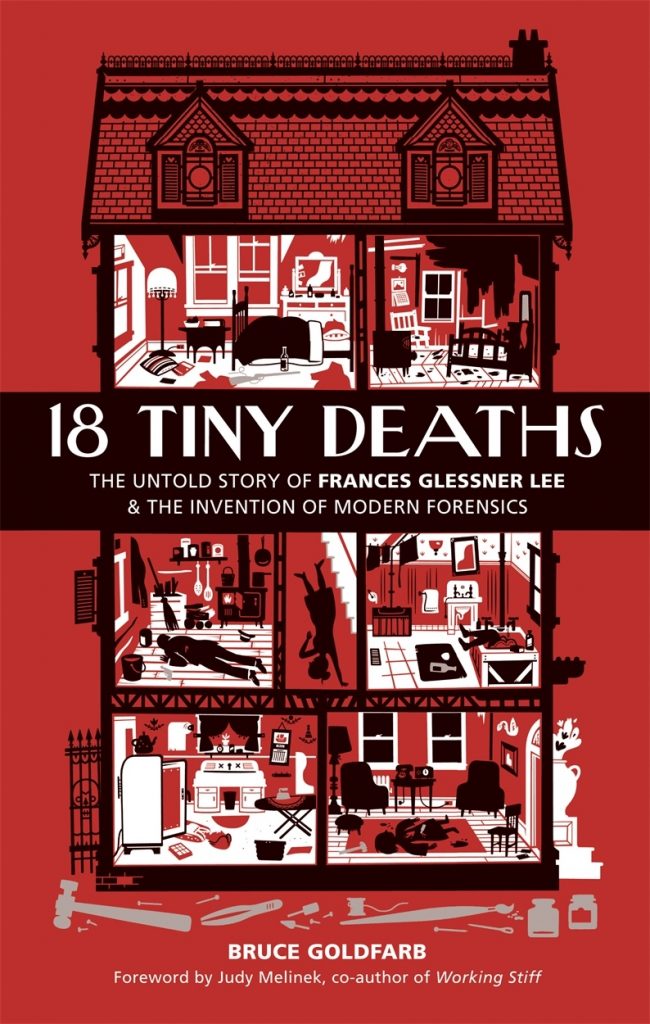
There are one or two books on her, and these fascinating works of hers specifically, which, in the fullness of time and funds allowing, etc, I’d love to check out.
Here’s a full list of her mad little models:
• Attic (24 December 1946)
• Barn (15 July 1939)
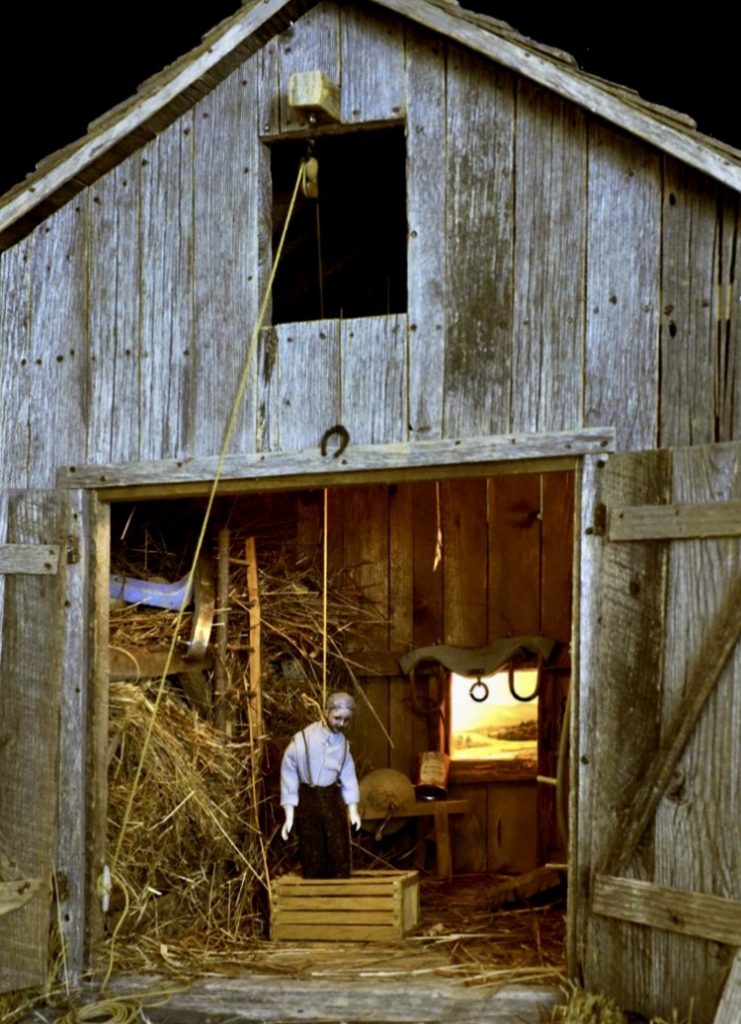
• Blue Bedroom (3 November 1943)
• Burned Cabin (15 August 1943)
• Dark Bathroom (November 1896)
• Garage (7 January 1946)
• Kitchen (12 April 1944)
• Living Room (22 May 1941)
• Log Cabin (22 October 1942)
• Parsonage Parlor (23 August 1946)
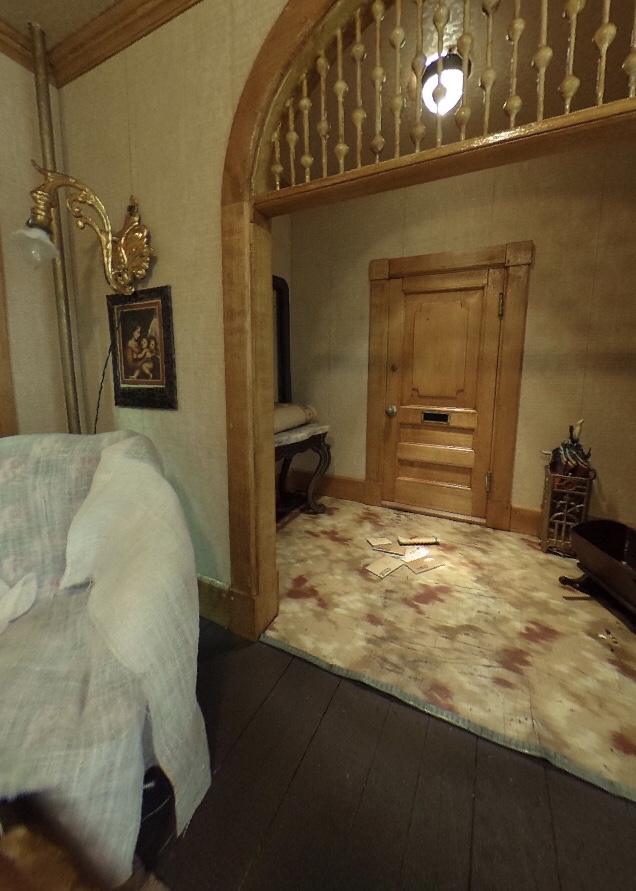
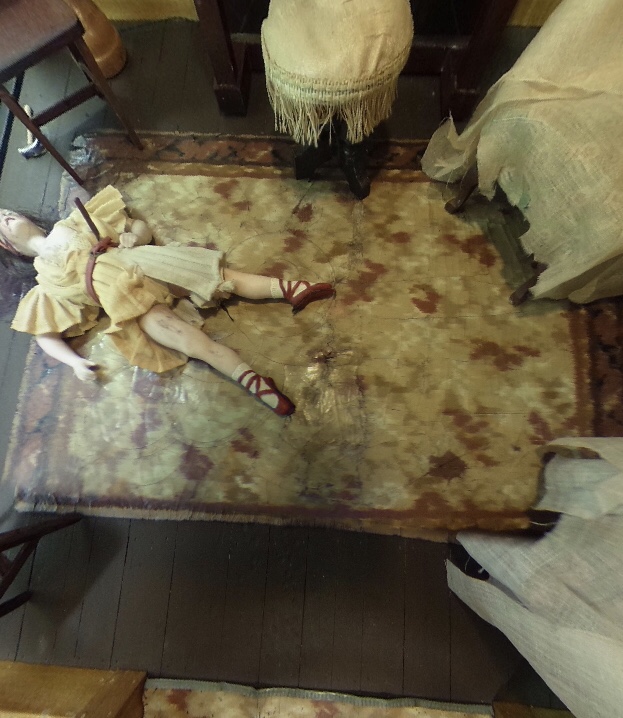
• Pink Bathroom (31 March 1942)
• Red Bedroom (29 June 1944)
• Saloon & Jail (12 November 1944)
• Sitting Room & Woodshed (25 October 1947; thought lost and rediscovered in 2003[11])[6]
• Striped Bedroom (29 April 1940)
• Three-Room Dwelling (1 November 1937)
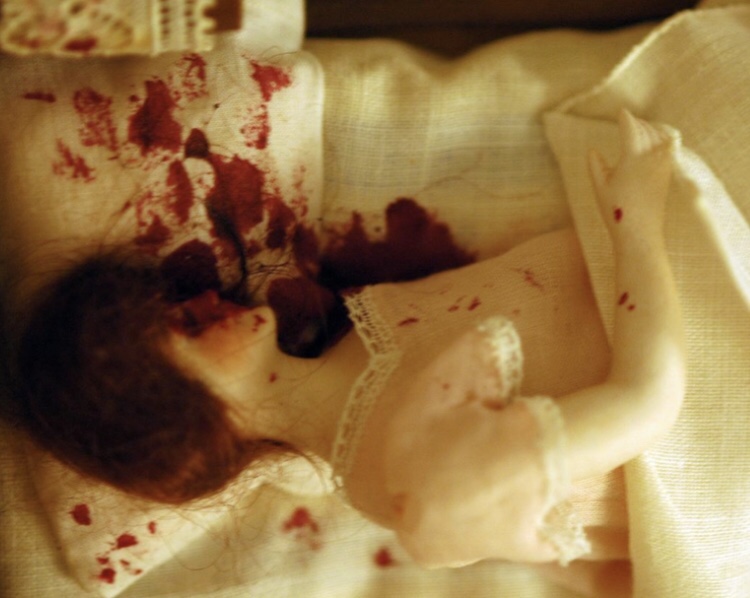
• Two Rooms (damaged or destroyed in the 1960s)[12]
• Two-Story Porch (5 April 1948)
• Unpapered Bedroom (4 June 1949)
• Woodman’s Shack (8 February 1945)
